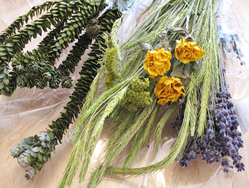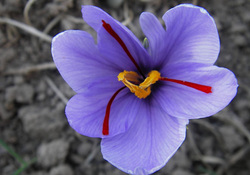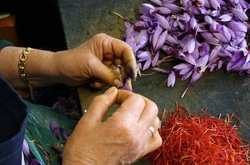|
0 Comments
Circa 1999 As the long, warm days of summer come to a close, your wonderful flowering garden will fade and die. But, with just a few simple drying techniques, you can preserve the blooms of your garden favorites. It is best to cut flowers for drying in the early morning, when blooms are fresh and haven't suffered through the heat of the day. Sunflowers, roses, zinnias, Queen Anne's lace, and bachelor's buttons are good flowers to dry. Depending on the flower, there are different drying techniques that work best. Circa 1999
Circa 1999 The history of the garden is rich and varied, spanning cultures and countries throughout the world. A previous article discussed gardening beginning with the written descriptions of Egyptian plantings in 2000 B.C. through 607 A.D. and the creation of lavish Chinese gardens. The development of the garden continues with the fall of the Roman Empire. After the roman Empire collapsed, Roman gardens throughout the empire fell into ruin. Complex pipes and pools supporting the fountains, aqueducts, and Roman baths were destroyed. Circa 1999 The crocus, one of the earliest flowers to bloom in the spring, was first raised as a spice plant. The spice was saffron, the pungent orange-yellow flavoring, which is actually the dried stigmas of one species of crocus. The name crocus comes from the ancient Greek name for saffron, which was krokos. More than, 4,000 years ago, the island of Crete was a center of saffron production, and saffron was sacred to the great goddess of Crete, Britomartis. More than 3,000 years ago the Egyptians were using saffron as a drug to treat rheumatism and dental trouble. The Greeks used saffron chiefly as a dye. Because of its high cost, it was used to color the robes of kings. To the Greeks saffron was so precious that their poets described the robes of the Greek gods as saffron-colored. Saffron is one of the costliest of all spices to produce. About 4,300 crocus blossoms must be gathered, and their stamens carefully removed and dried, to make one single ounce of the deep yellow-orange spice. And, each step must be done by hand. Like the Greeks, the ancient Irish considered saffron a royal color. The Hindus used it in religious ceremonies, and today saffron is one of the colors in the flag of India. |
AuthorsCurrent and former staff members have contributed to our newsletter over the years. Now the articles are available to view here on our blog Categories
All
|
© 2024 Ski Landscape Corporation - Website by Day Design







 RSS Feed
RSS Feed